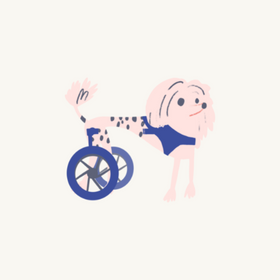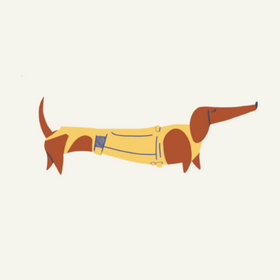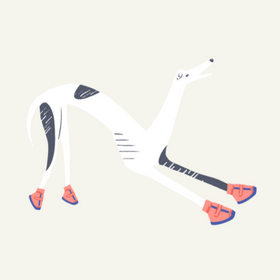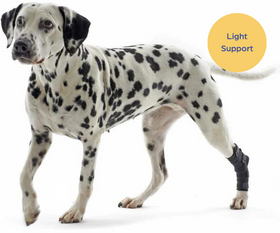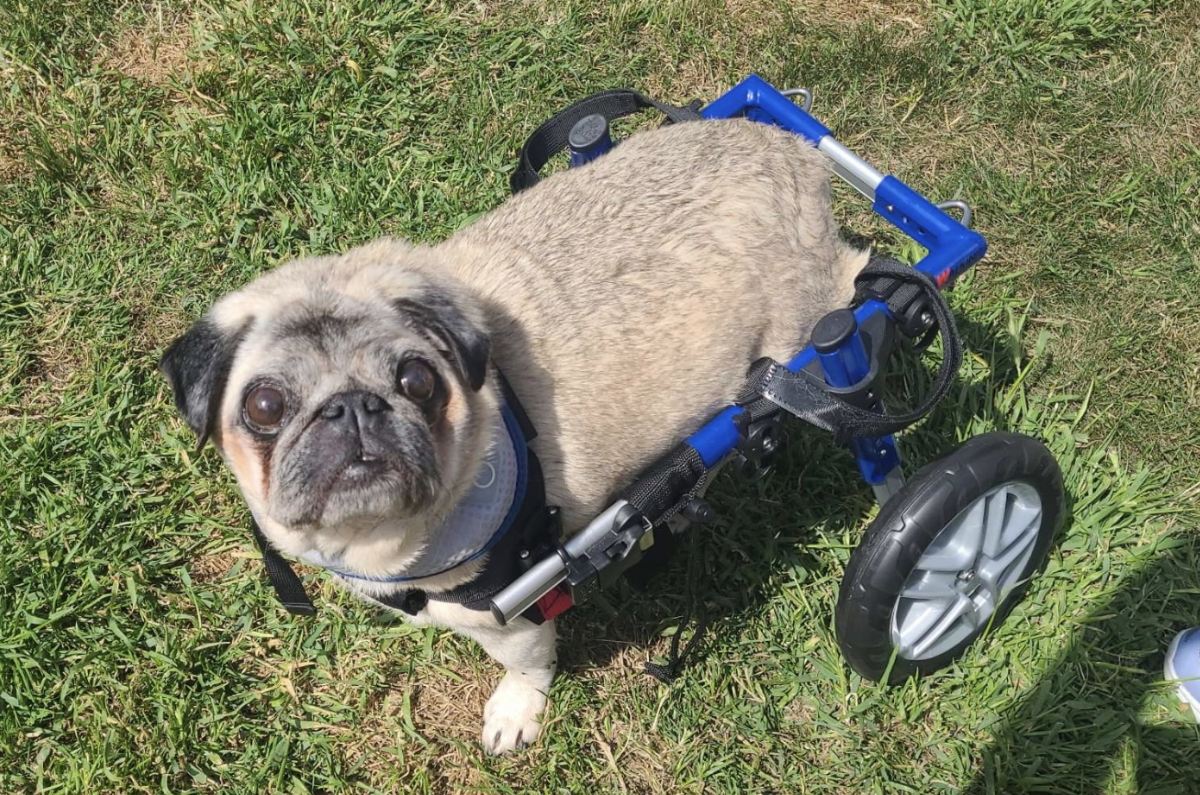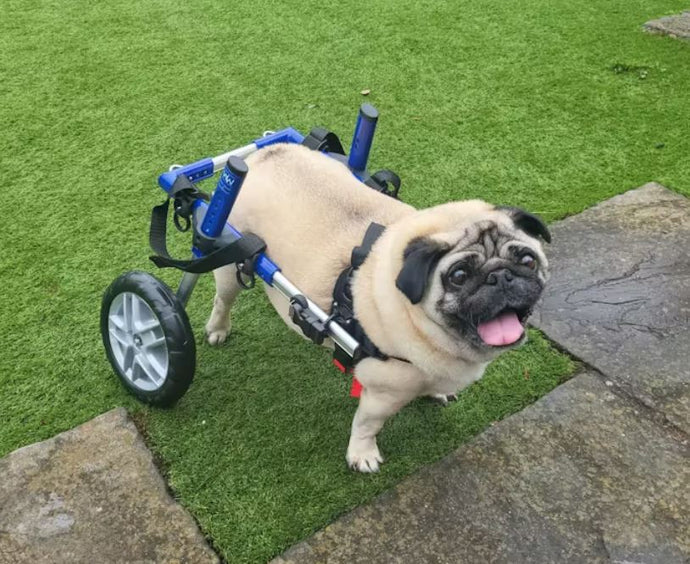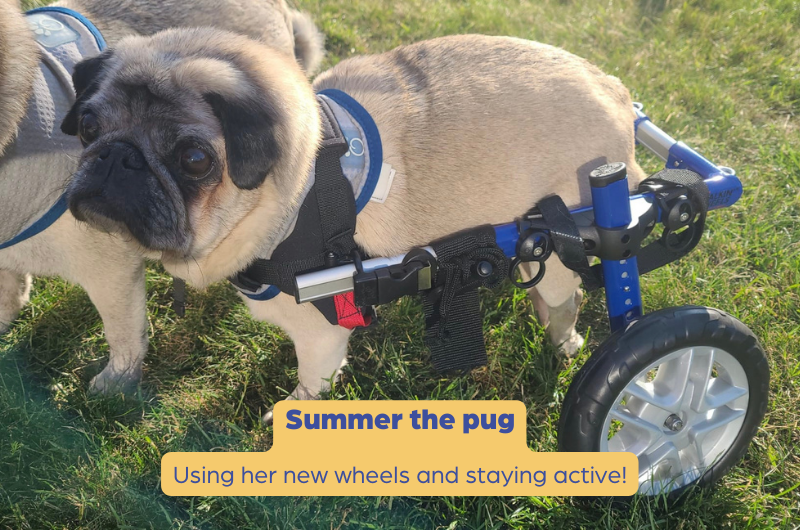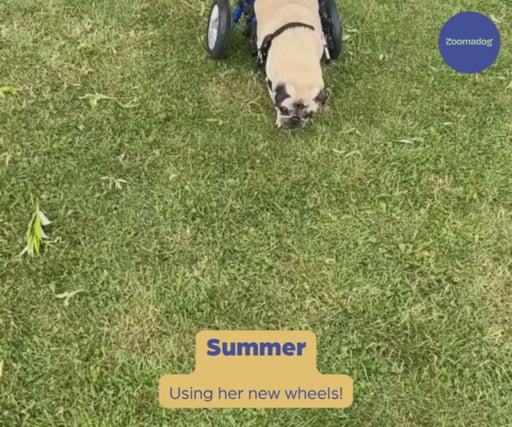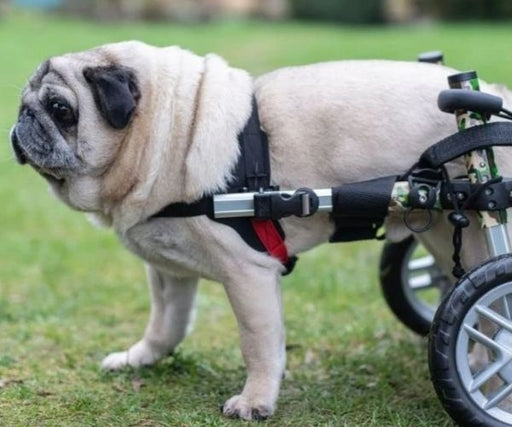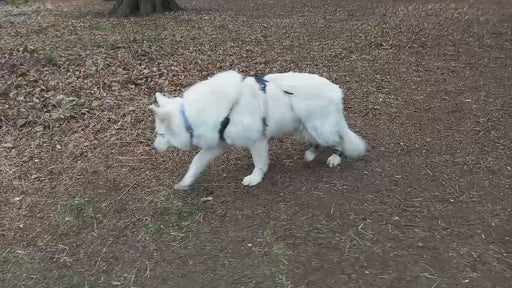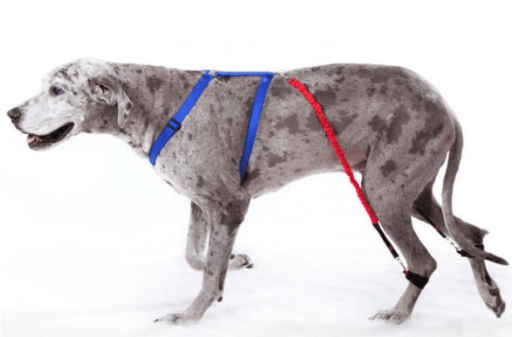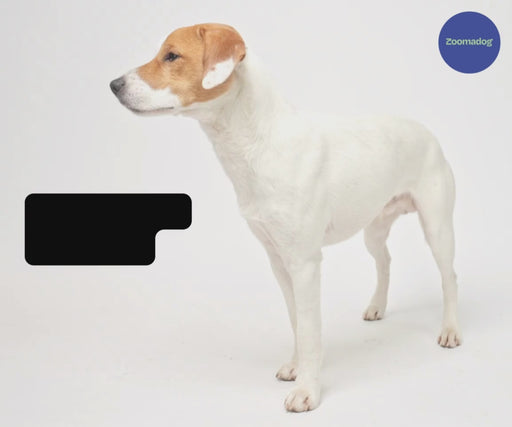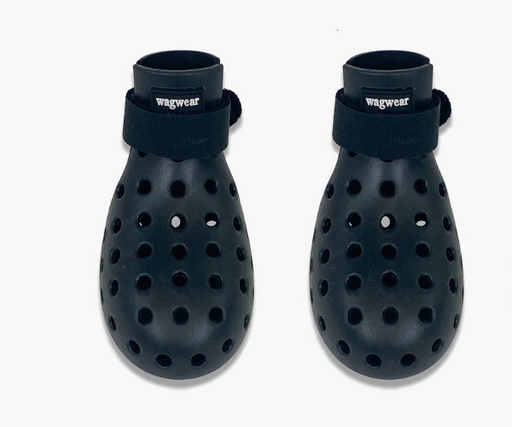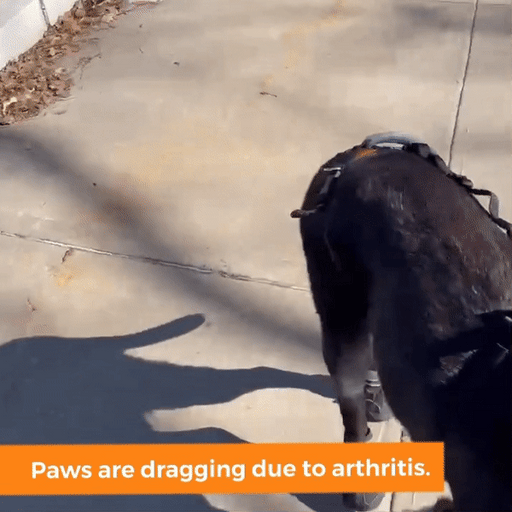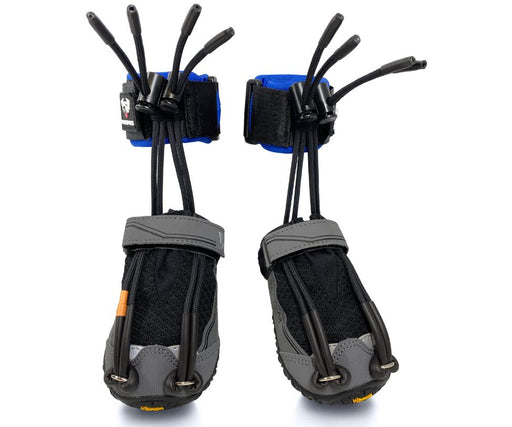There is much which remains under debate with Pug Myelopathy in the veterinary and scientific field, including its name. It is sometimes referred to as subarachnoid diverticulum (SAD), Pug ataxia, facet hypoplasia, Pug constrictive myelopathy (CM) or merely ‘rear weakness’. However, they all refer to the same spinal condition, which causes ataxia and paralysis of the hind legs. It typically progresses over a period of 1-4 years, but unlike degenerative myelopathy, it does not spread into the forelimbs or rest of the dog’s body.
There are a range of conditions such as IVDD (slipped discs), spinal tumours and degenerative myelopathy which Pugs suffer from, however despite being a little-known condition, it is thought that in fact Pug Myelopathy is the most prevalent cause of mid-back spinal cord problems in pugs.
Although most commonly seen in Pugs, Pug Myelopathy is not limited to this breed. In theory any breed of dog can develop Pug Myelopathy, although also recognised as being most at risk are; French bulldogs, English bulldogs and Boston terriers. As research and knowledge increases however, it is entirely possible that other breeds could join this list.
Signs and symptoms of Pug Myelopathy
One of the things which can be very distressing as an owner of a dog with pug myelopathy, is that your dog can seem otherwise completely normal and their usual happy and healthy self. Pug Myelopathy (unlike IVDD) is mostly characterised by being a pain-free condition, even on palpation of the affected area.
Pug Myelopathy typically presents with the following signs and symptoms:
- Ataxia; dogs may have difficulty coordinating their movements, leading to an unsteady gait, sometimes referred to as the ‘drunken sailor’ walk
- Dogs affected by Pug Myelopathy usually develop progressive hind limb weakness, which worsens over time. Initially you may only notice that your dog’s feet and/or toe nails are scuffed
- Dragging or ‘knuckling’ of hind legs. As the disease progresses, affected dogs may increasingly drag their hind limbs or knuckle over their paws. This eventually progressed to complete paralysis
- Reflexes in the hind limbs may become diminished or absent
- Generally, a symptom which develops later on is incontinence. As the condition advances, dogs may lose control over either or both their bladder and bowel functions

